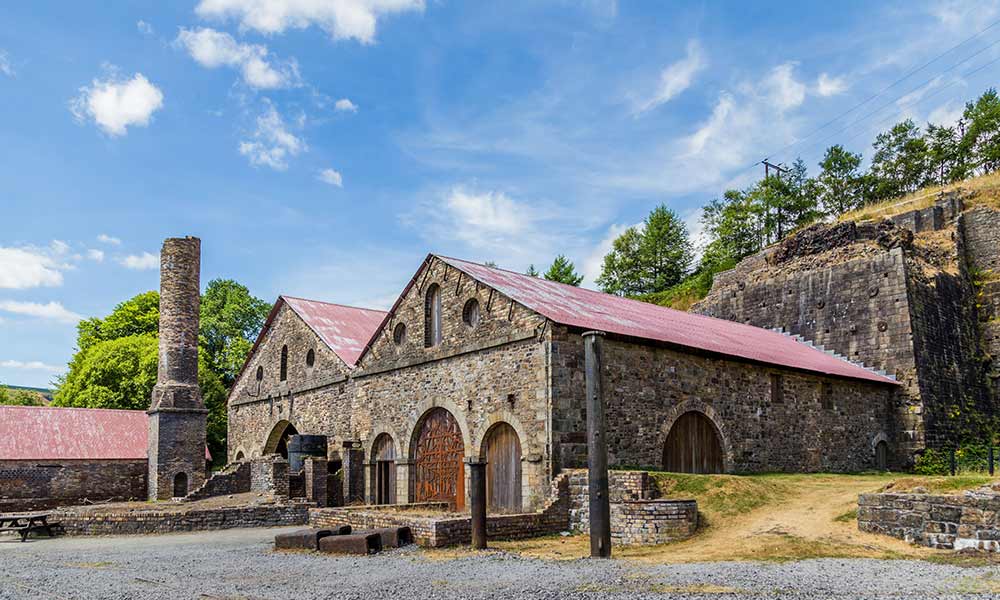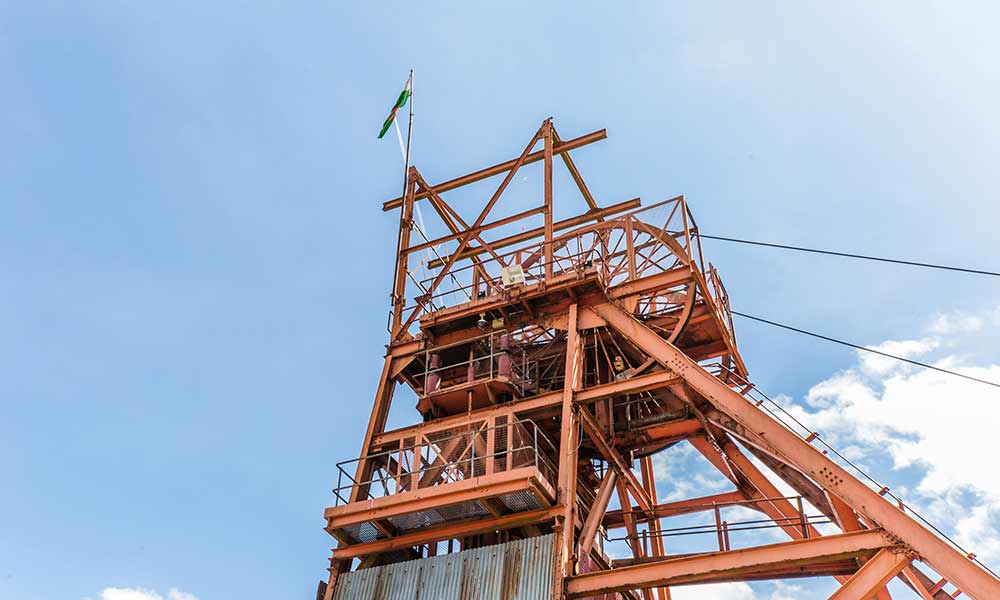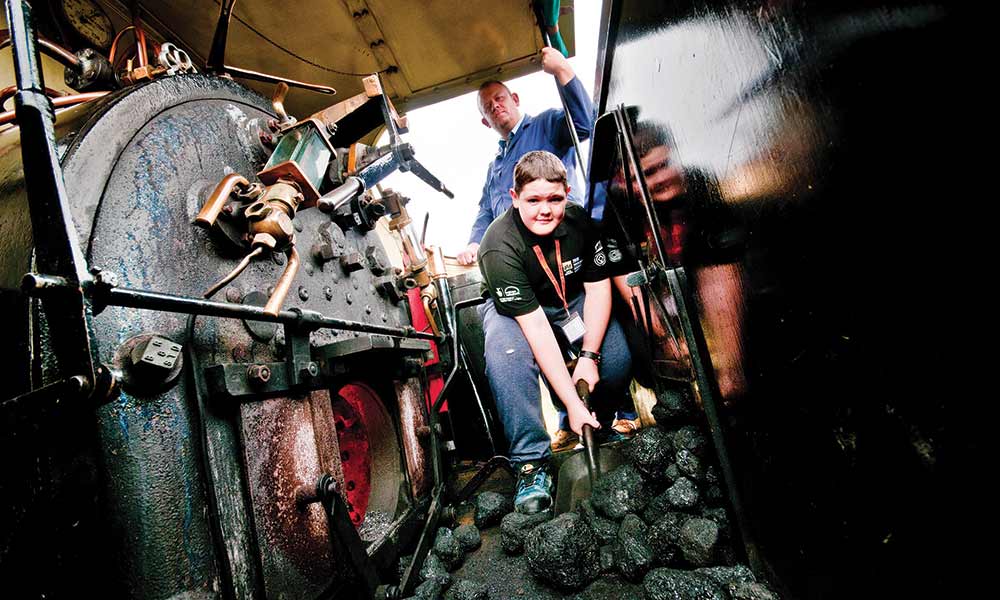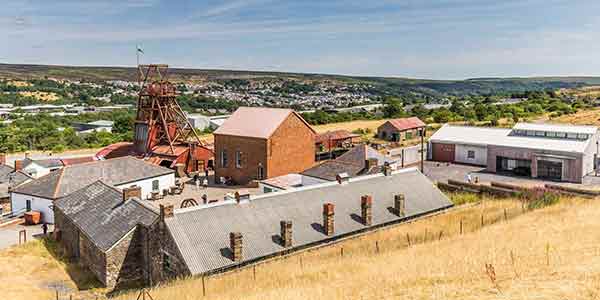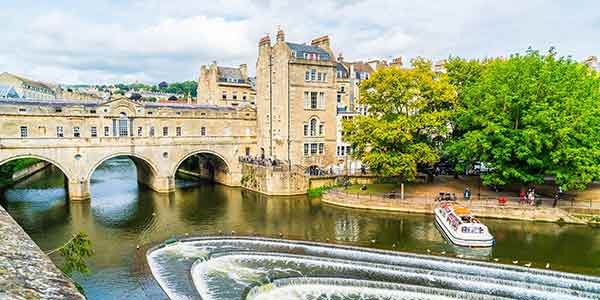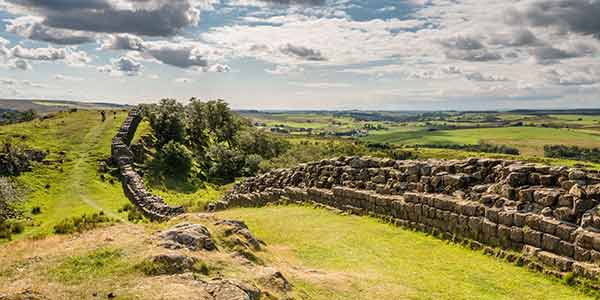
Our Sites
Blaenavon
UNESCO recognised that “The area around Blaenavon bears eloquent and exceptional testimony to the pre-eminence of South Wales as the World’s major producer of iron and coal in the nineteenth century. It is a remarkably complete example of a 19th Century landscape” (Extract from ICOMOS report to the World Heritage Committee November 2000).
The site is one of the prime areas in the world where the full social, economic and technological process of industrialisation through iron and coal production can be studied and understood. Blaenavon’s heritage is of more than just local or national importance, it belongs to the world.
The landscape includes the Blaenavon Ironworks dating from 1789 which is the best-preserved blast furnace of its type and period in the World. Big Pit National Coal Museum dating from the mid-19th Century is a complete coal mine and the best-preserved monument of the South Wales coalfield. The landscape exhibits numerous historic mineral workings and waste tips and tracks of some of the earliest iron railways, leading to the Monmouthshire and Brecon Canal, an internationally significant waterway that provided the early export route for iron and coal. Today, the Blaenavon Industrial Landscape is one of the best places in the World where the early formative years of the Industrial Revolution can be studied and understood.
The cultural landscape continues to reflect the whole human experience of industrialisation – capital enterprise, philanthropy and exploitation, technological innovation, the drudgery of labour, the determination of workers to establish trades unions, political parties, religious congregations, choirs and sports clubs. The choirs, bands and sports clubs established in industrial times continue to be an important part of the community and the town’s cultural heritage today. Indeed the continuity of these traditions and the significance of this “intangible heritage”, rooted in the social development of the town, is of equal cultural significance to the physical buildings, monuments and landscape features that remain.
Our Sites
Blaenavon
Blaenavon Industrial Landscape was inscribed as a World Heritage Site by UNESCO in 2000. UNESCO recognised that “The area around Blaenavon bears eloquent and exceptional testimony to the pre-eminence of South Wales as the World’s major producer of iron and coal in the nineteenth century.
Bath
UNESCO added The City of Bath as a 'cultural site' to its World Heritage List in 1987. Bath is included because of its Roman Remains, 18th Century Architecture, 18th Century Town Planning, Social Setting, Hot Springs and Landscape Setting.
Interested in becoming a whyams site?
We have the aspiration for every World Heritage Site in the UK to have World Heritage Youth Ambassadors! If you have young people interested in World Heritage, you can accreit them through our scheme. Watch out for more information about becoming a site in 2025.
Hadrian's Wall
Hadrian's Wall is an exceptional example of a linear Roman frontier, encompassing an extensive archaeological landscape which reflects the way resources were deployed in the north western part of the Roman Empire and which displays the unifying character of the Roman Empire, through its common culture.

